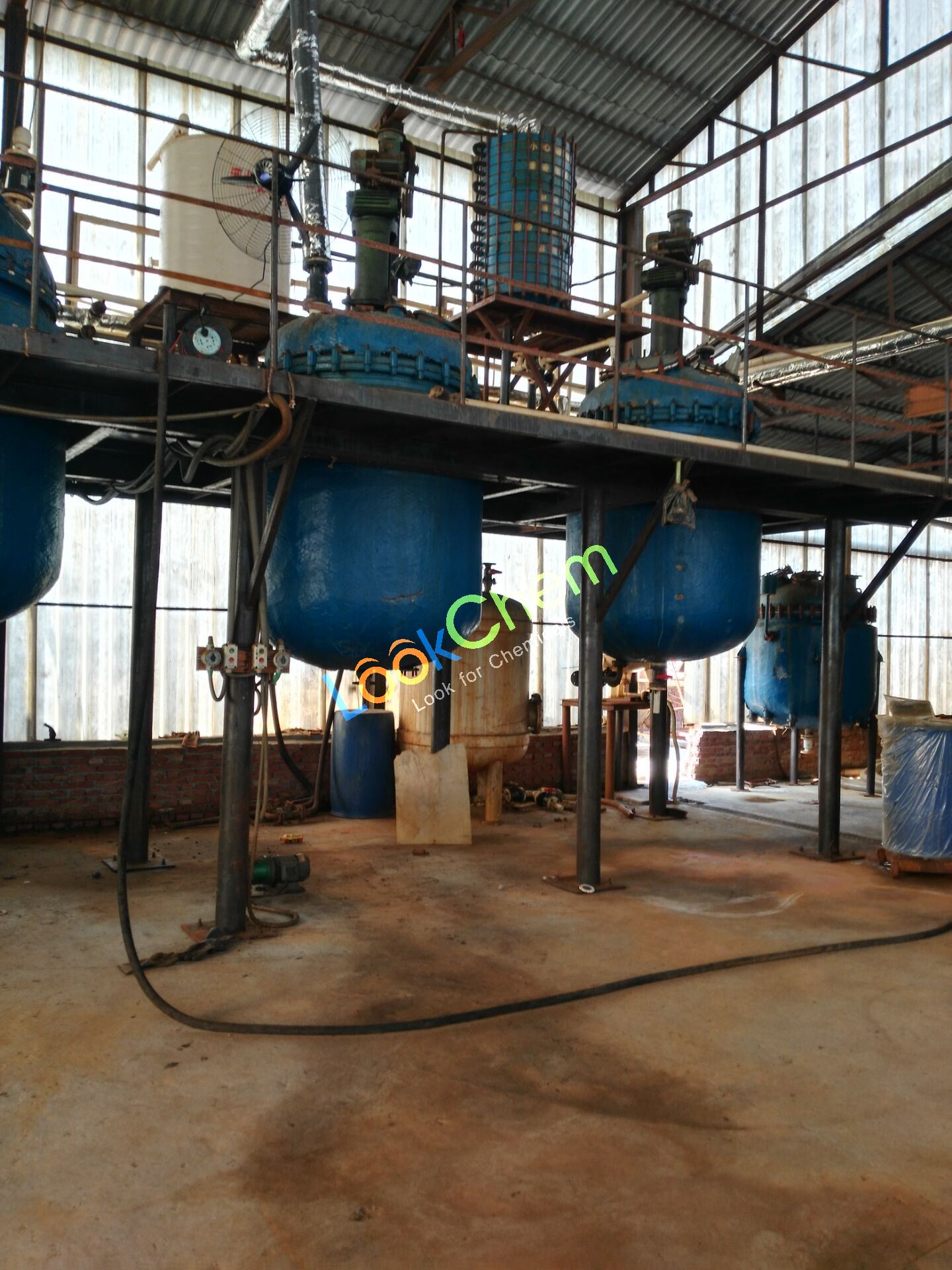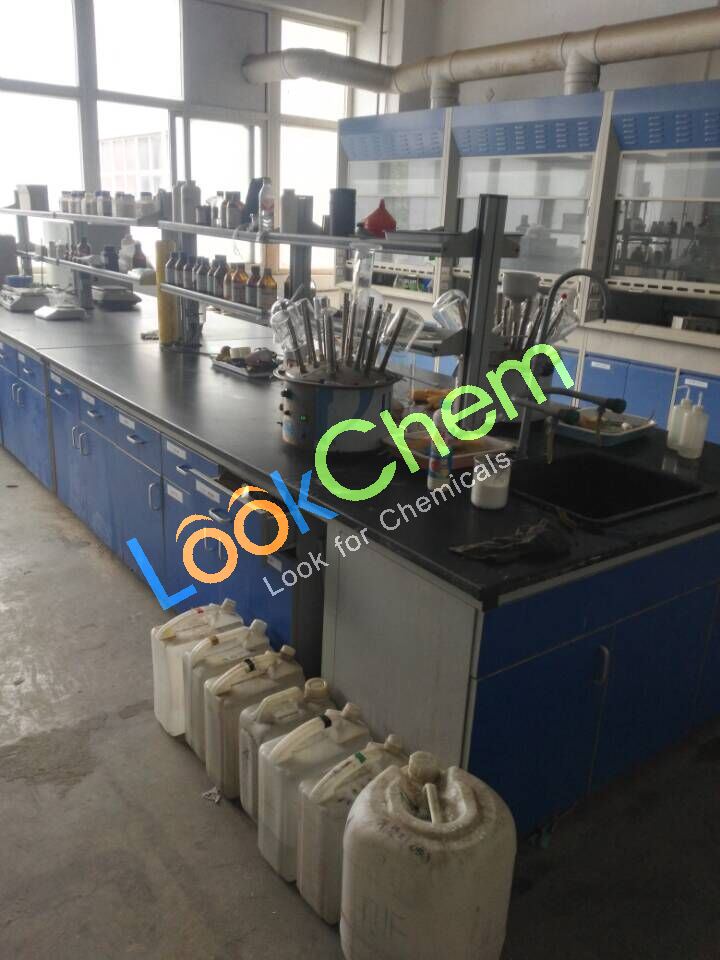- Min.Order :1 Metric Ton
- Purity: 99%
- Payment Terms : T/T,Other
Keywords
Zinc oxide Zinc oxide Zinc oxide
Quick Details
- Appearance:powder
- Application:It is mainly used in rubber or cable industry for reinforcing agent and active agent, as well as white glue colorant and filler, used as vulcanization agent in chloroprene rubber
- PackAge:as your request
- ProductionCapacity:10|Metric Ton|Day
- Storage:stay in dry, cool and well-sealed
- Transportation:EMS,HK EMS,FEDEX,DHL,TNT
Superiority:
Hebei yanxi chemical co., LTD is a professional research, development and production of lead acetate benzene acetamide enterprise backbone members by local well-known entrepreneurs and professional senior engineers in the party's "low carbon environmental protection safety smooth" call and support form, the bold innovation on traditional production equipment and technology, using "high temperature alkali type production method" and "plastic basin of crystallization technology, on the basis of reducing the product cost make the product quality to achieve the same industry leading level.In the company all staff's efforts, in shandong, henan province guangdong South America Europe the United States for decades in Mexico, Brazil, South Africa, Zimbabwe and other places set up several partners, quality inspection department in the company, under the close supervision of a production and sales in the form of "label", provide the fastest speed convenient service for users across the country.
In "advancing with The Times, and the city every day, with the advancement of" under the guidance of the core ideas, adhering to the "relying on scientific and technological innovation, the development of circular economy" of the enterprise purpose, established in the market, enhance strength, go the way of scientific and sustainable development of environmental protection, relying on the national technology research and development center, increasing spending on research and development based on the domestic market, expand the international market, manufacturing high quality products, sincere service society, toward a modern, ecology, science and technology of the domestic first-class, the world's advanced chemical enterprises
Details:
You Might Also Like
Related Searches
About|Contact|Cas|Product Name|Molecular|Country|Encyclopedia
Message|New Cas|MSDS|Service|Advertisement|CAS DataBase|Article Data|Manufacturers | Chemical Catalog
©2008 LookChem.com,License: ICP
NO.:Zhejiang16009103
complaints:service@lookchem.com Desktop View


